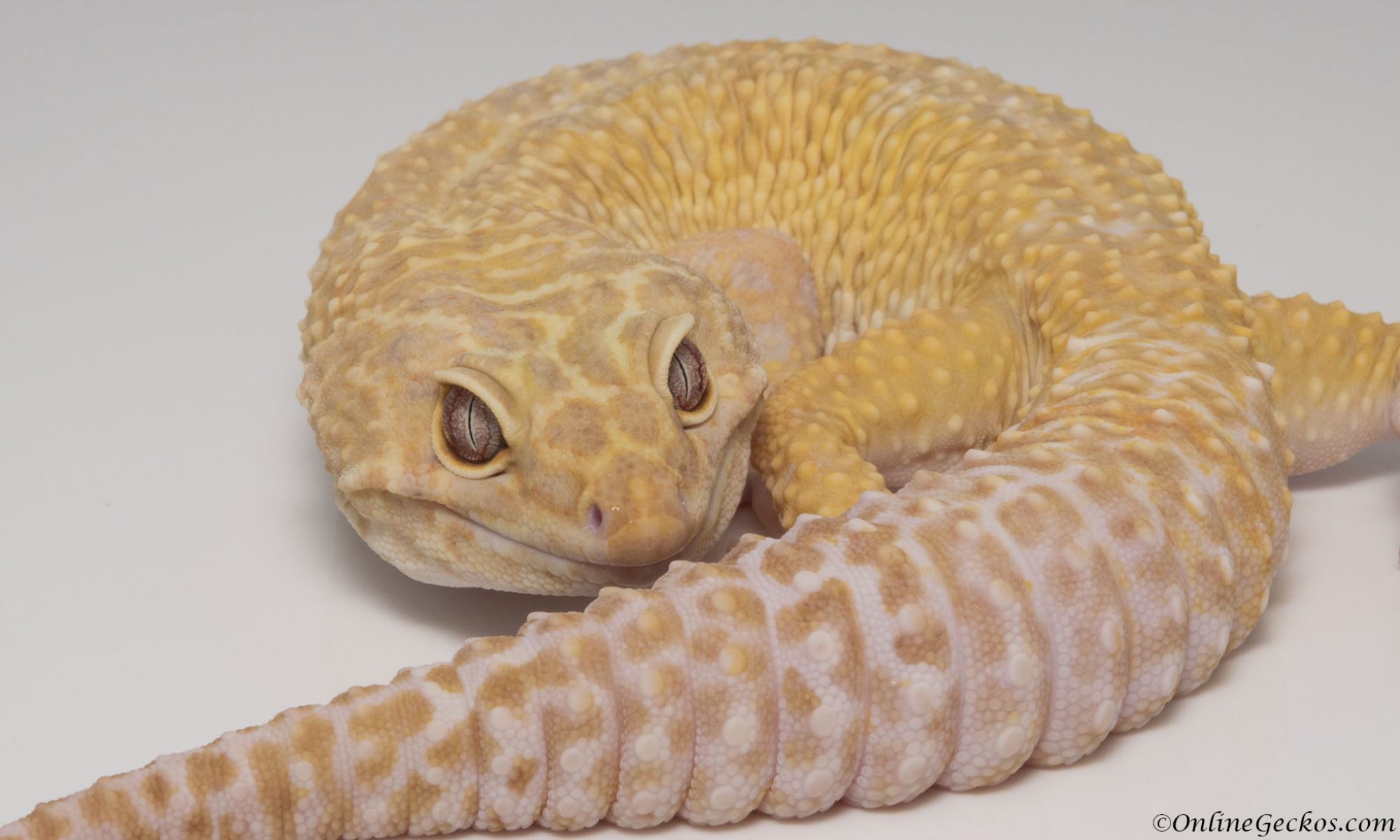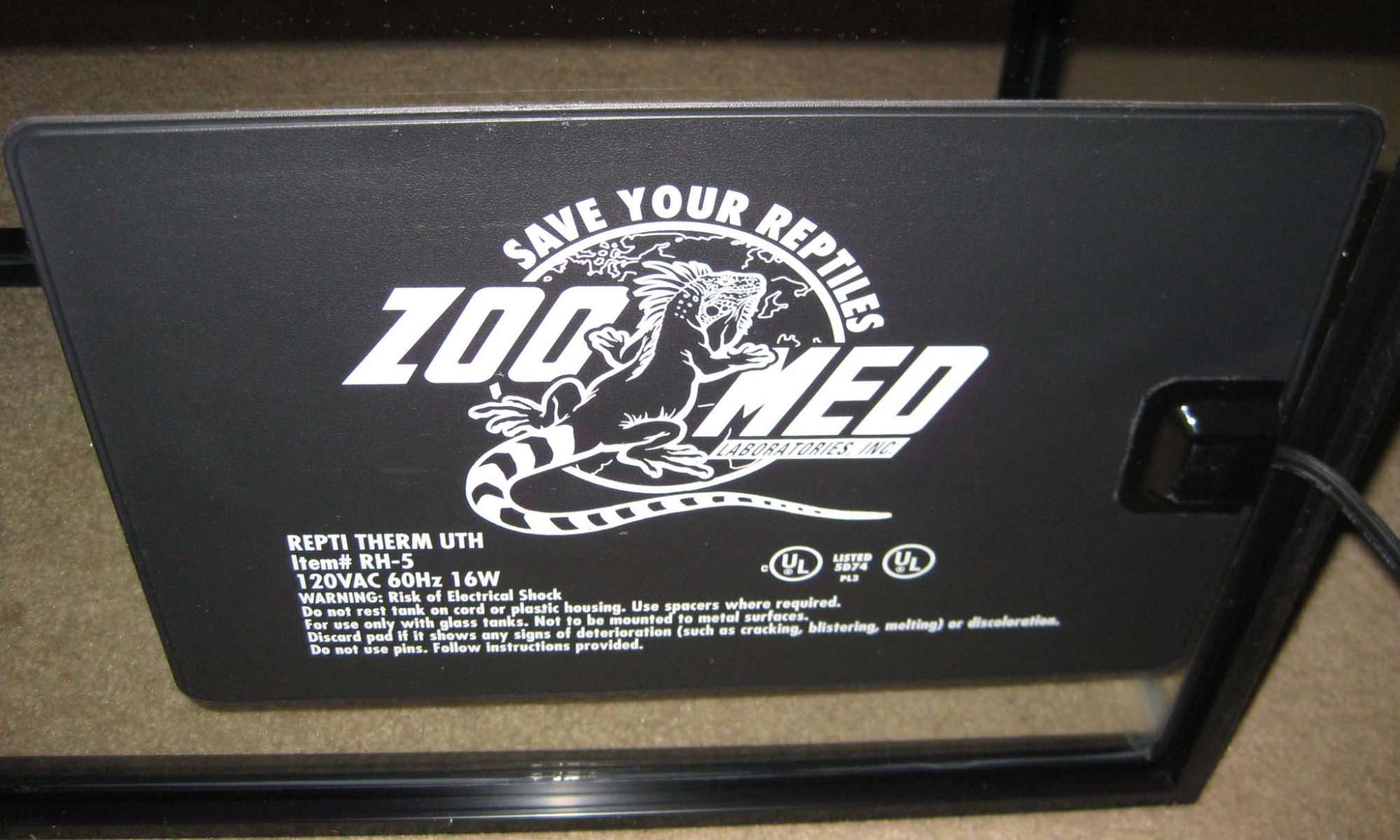Leopard gecko heating requirement
Leopard gecko heating and temperature requirement is an important topic. We’re happy to provide you some factual information and clear a few things up for gecko hobbyists. Leopard geckos require belly heating in order to digest food properly. This is why under tank heating pads are preferred. Some people mistaken leopard geckos with diurnal species such as iguanas and bearded dragons.
Difference between diurnal and crepuscular species
Diurnal species require basking light as they absorb UVB and heat through their backs. They are active during the day when the sun is shining bright, and they sleep throughout the night. UVB triggers vitamin D3 synthesis, and with vitamin D3, they are able to absorb calcium properly. Where as leopard geckos are crepuscular, they are the most active during fading light, such as around dusk and dawn.
Leopard geckos wake up early in the morning to hunt for food. They will sleep through the day, often burrow deep underground or inside rock crevices to hide completely away from sunlight. Then they wake up later in the afternoon to hunt for food again. This is their normal daily cycle, the very definition of crepuscular species. Their exposure to sunlight is very limited in the wild.
Leopard gecko heating requirement is different, they absorb heat through their belly instead. It’s through belly heating that they are able to digest food properly and have a healthy life. In the wild heat traps underground and inside rocks long after sunset. Leopard geckos are able to find belly heat throughout the night. They are also known to navigate at night using natural moonlight.
Leopard gecko heating with under tank heating pad
Under tank heating pads, or UTH for short, come in all different sizes. What you want is for your UTH to cover roughly 1/3 of your tank. Zoo Med ReptiTherm is a popular brand, we’ve been using them for over 7 years with great success.
Here is how you would install this under tank heating pad. First you stick the pad under your tank, like this:




